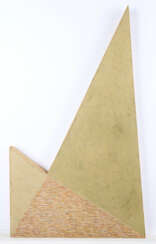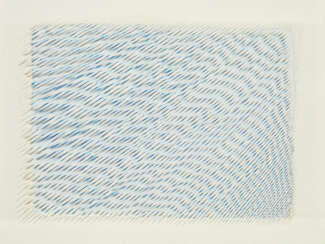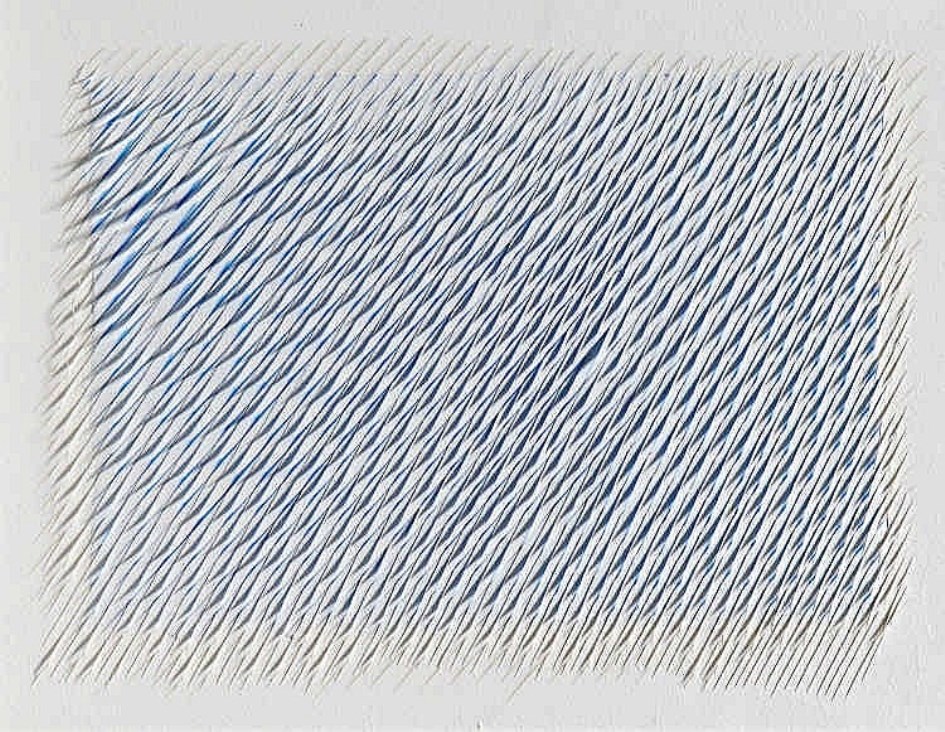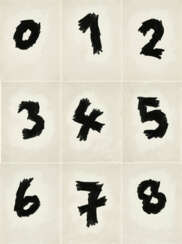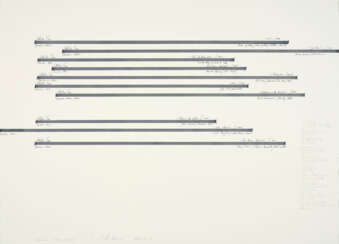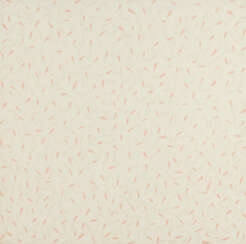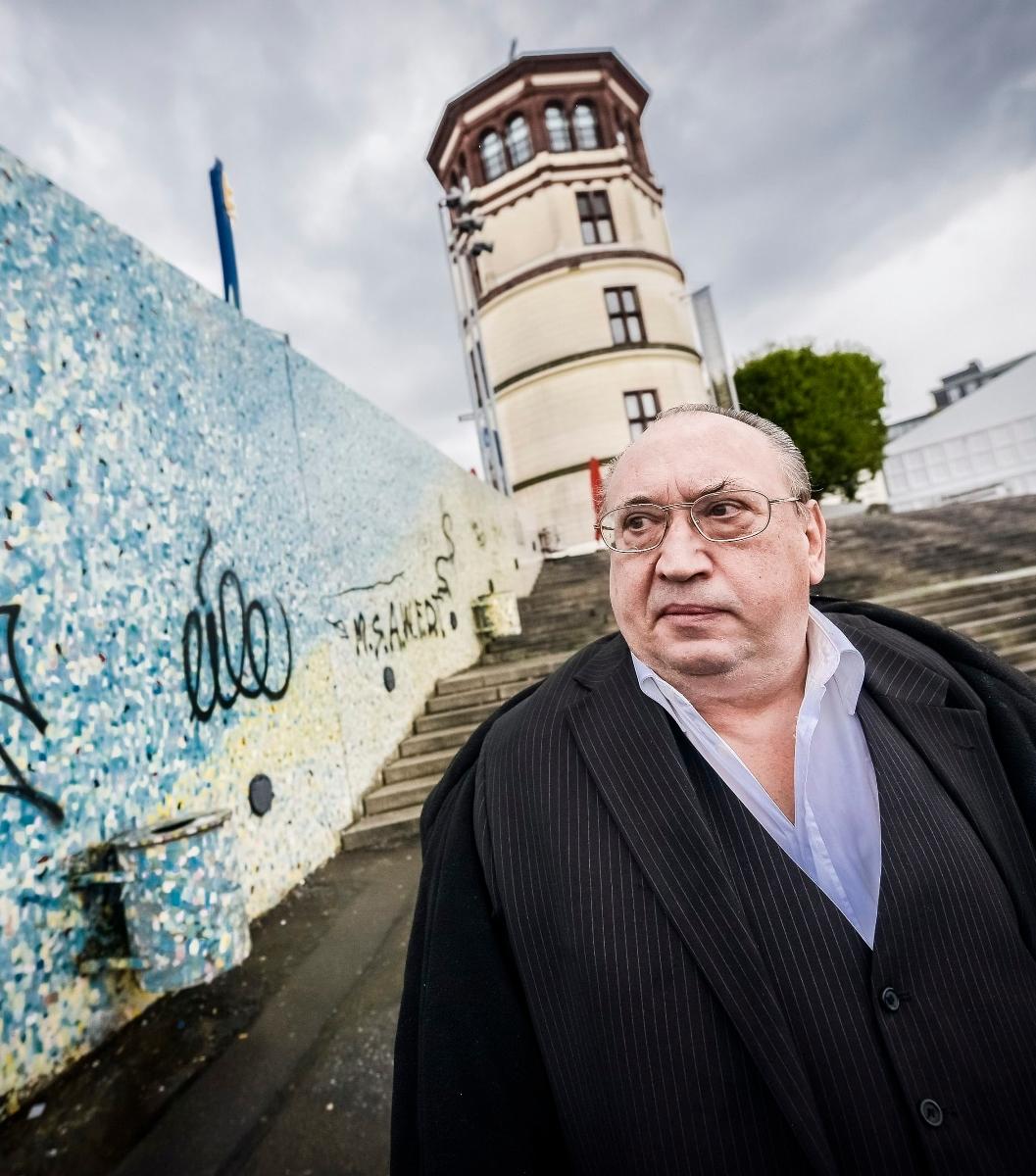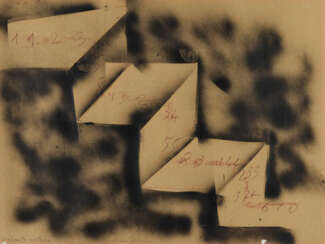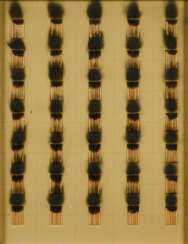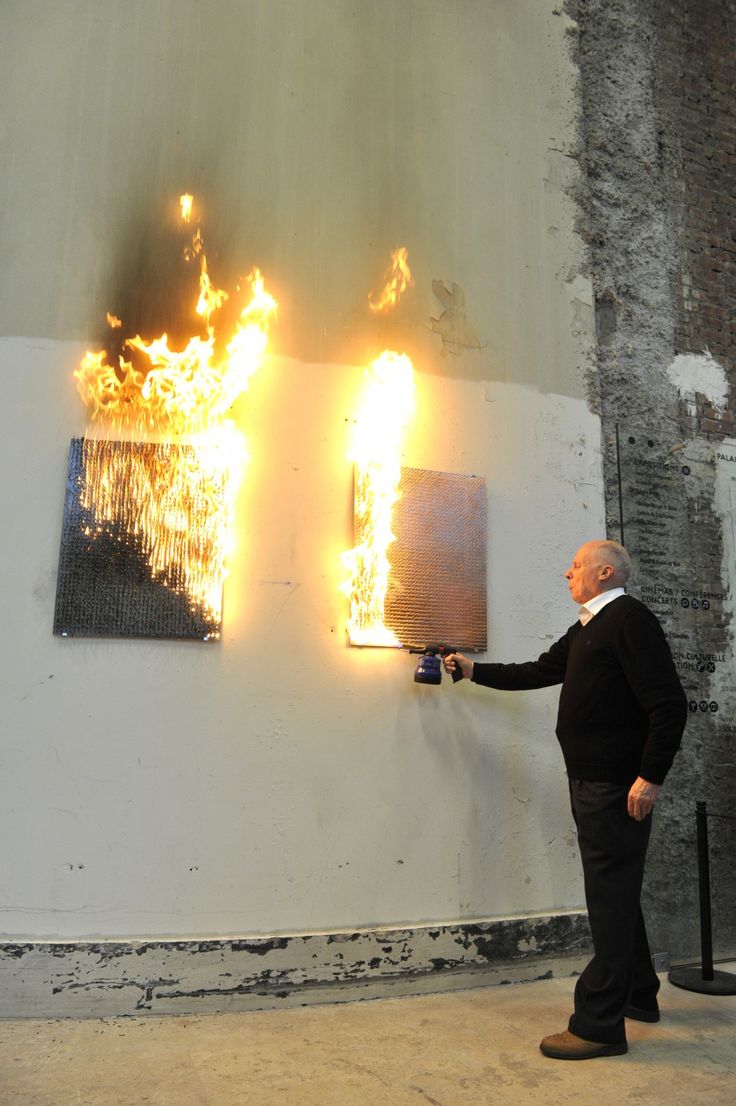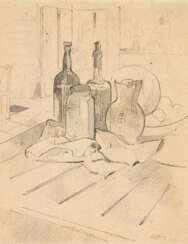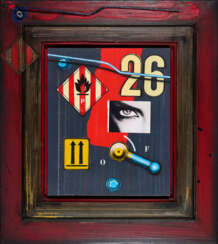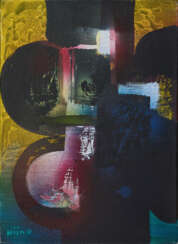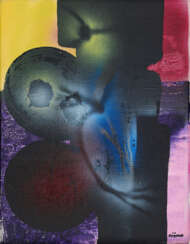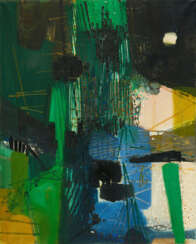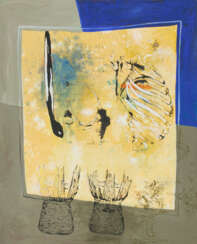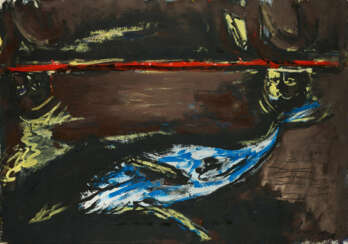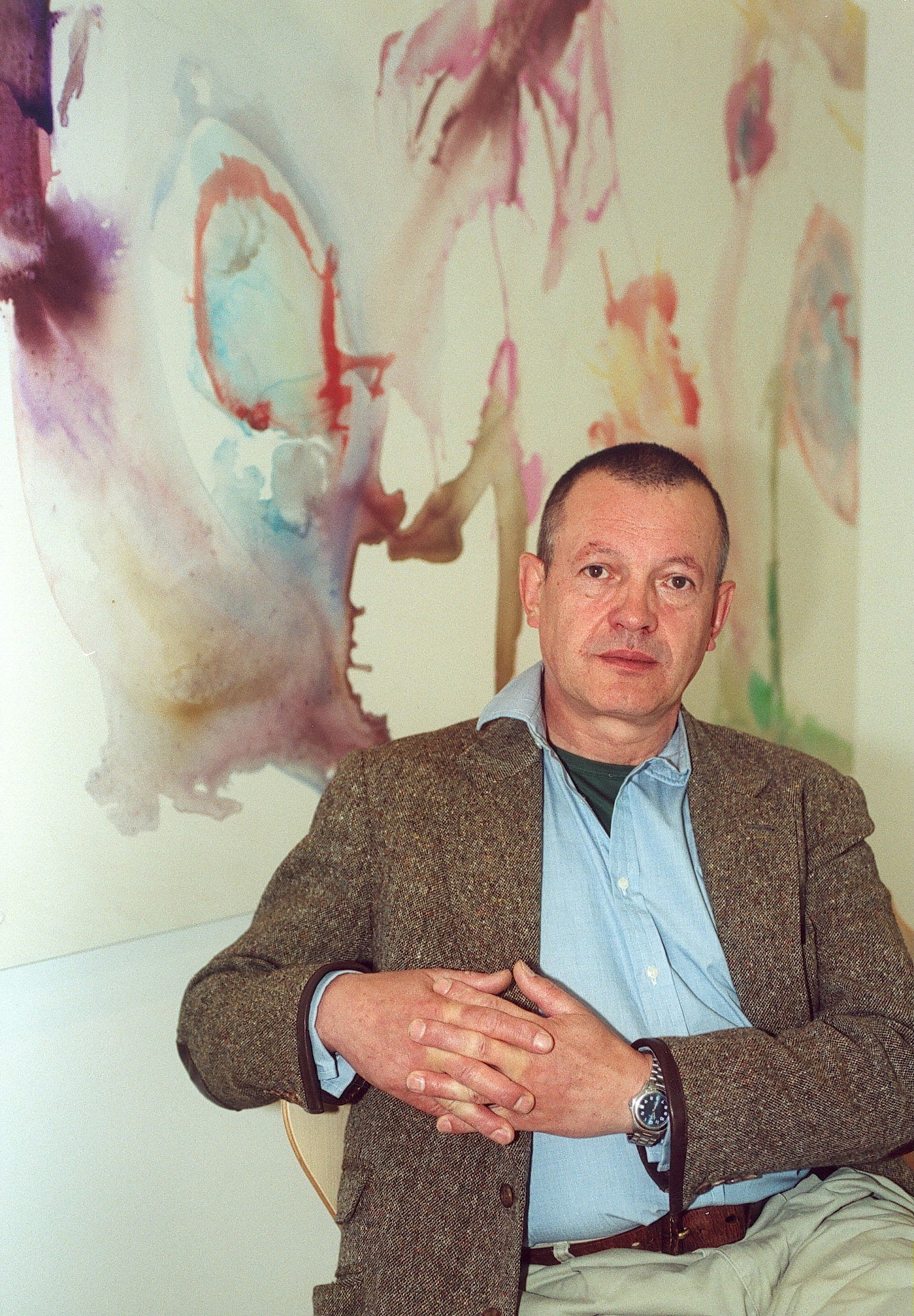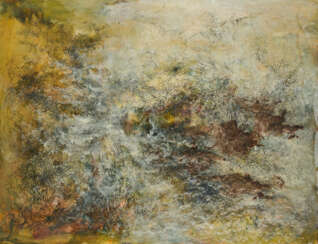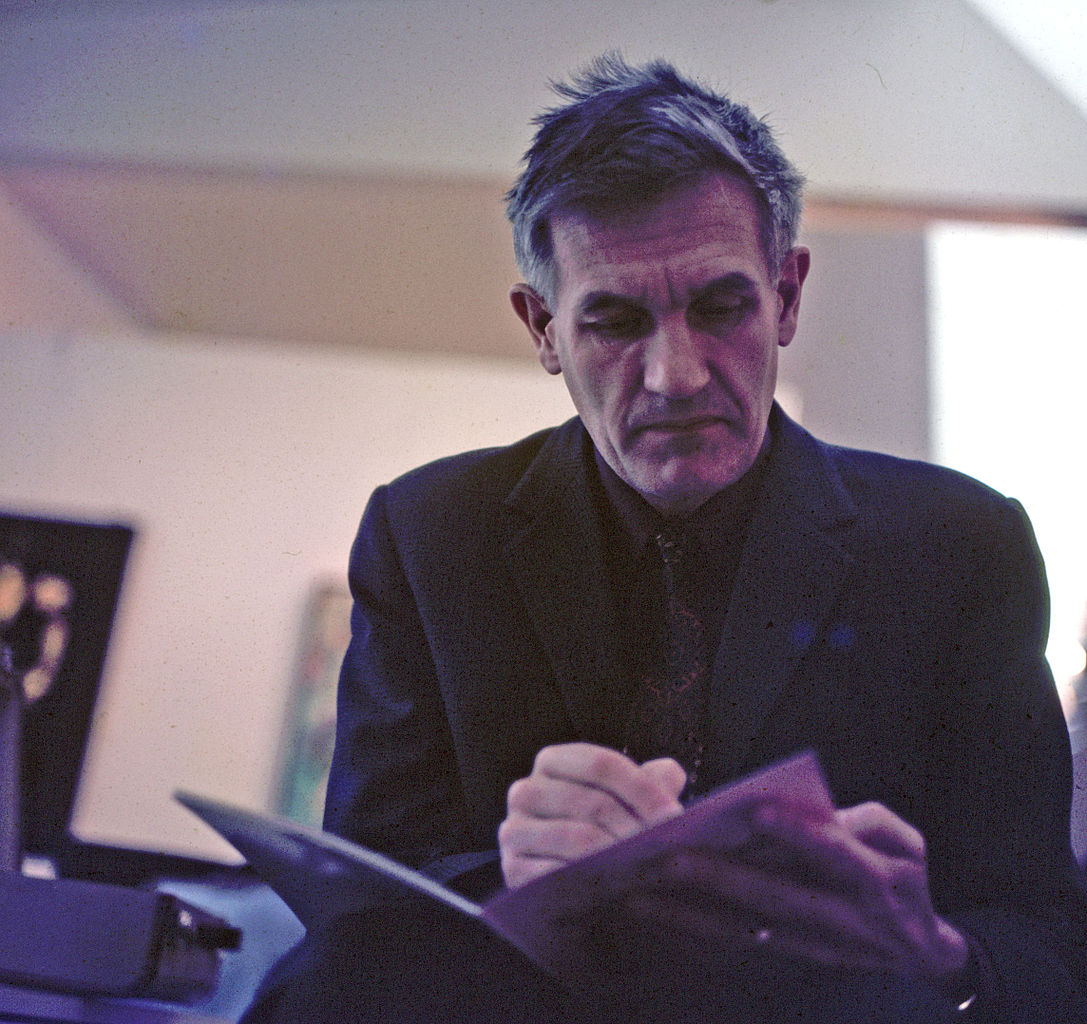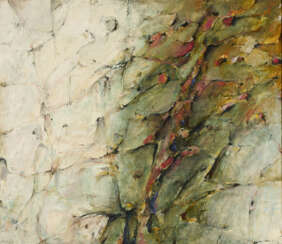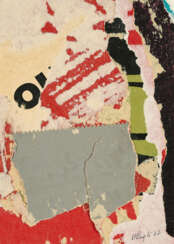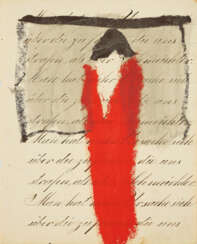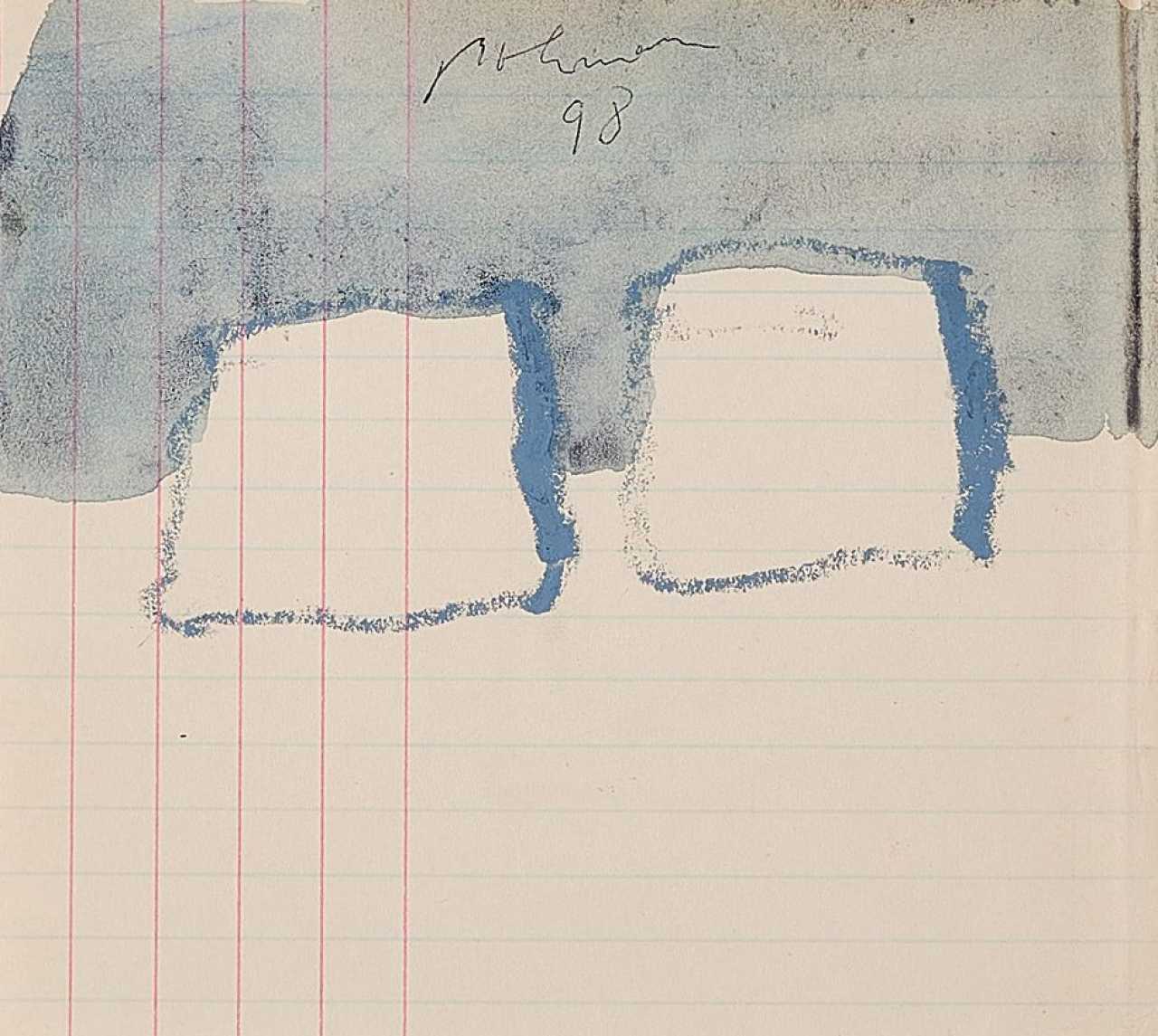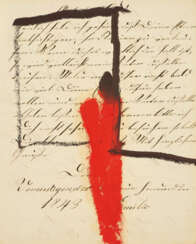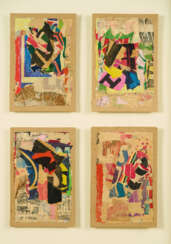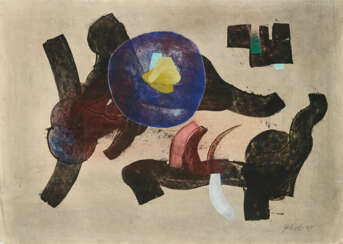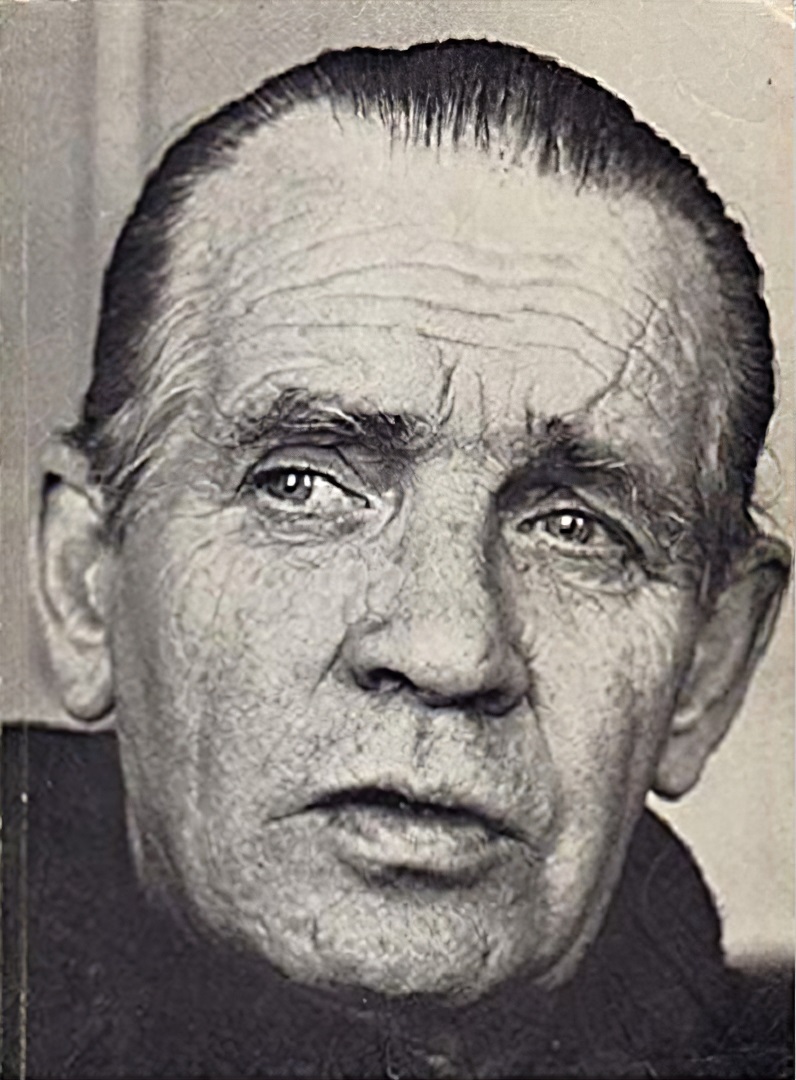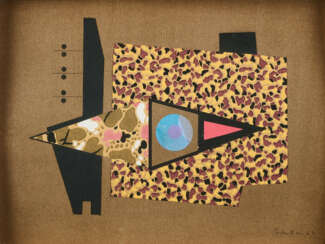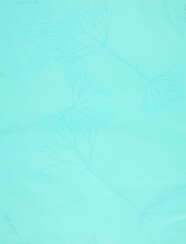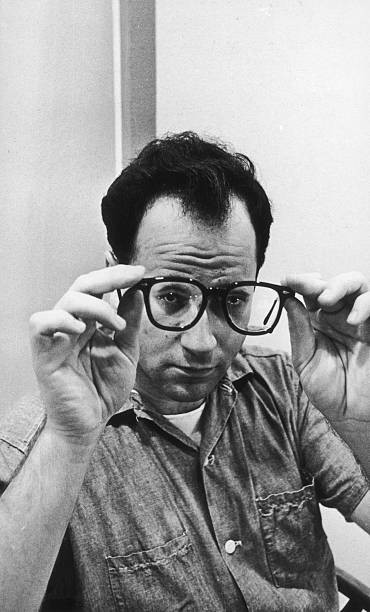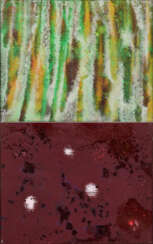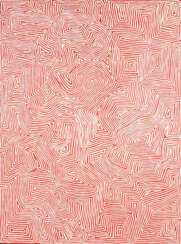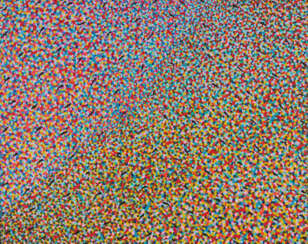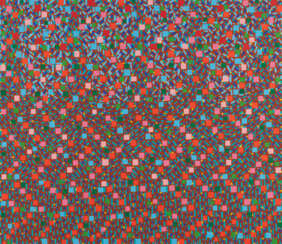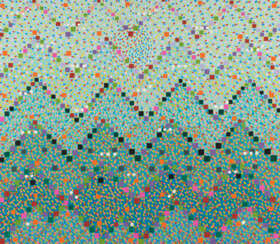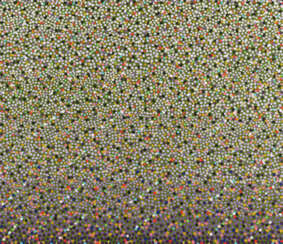
Post War paintings, drawings, watercolours — A1241: Finds under 5,000
.jpg)
Albert Gleizes was a pioneering French artist, theoretician, and philosopher, renowned for his contributions to Cubism and his influence on the School of Paris. Born in Paris in 1881, Gleizes' artistic journey began in his late teens, inspired by Impressionism and later evolving through Post-Impressionist and Symbolist phases. His early work, such as "La Seine à Asnières" exhibited in 1902, showcases his initial foray into painting. Gleizes' commitment to developing art free from commercial constraints led him to co-found the Abbaye de Créteil, a self-supporting artist community, although it was short-lived due to financial difficulties.
Gleizes' exploration of Cubism began around 1910, in collaboration with artists like Jean Metzinger, with whom he wrote "Du Cubisme," the first major treatise on the movement. This period marked a significant shift in his style towards the geometric simplification of forms, a hallmark of Cubism. His works from this era, including "Portrait de Jacques Nayral" and "Landschaft bei Paris," exemplify his innovative approach to capturing the essence of subjects through cubist principles. Gleizes was also a member of the Section d'Or group, further establishing his role in the Cubist movement.
In addition to his painting, Gleizes was deeply involved in writing and promoting Cubism, influencing the acceptance and understanding of modern art globally, including his significant impact in New York. His later works, such as "Pour Contemplation," reflect a spiritual and theological depth, moving towards a synthesis of the physical and metaphysical. Gleizes' art is celebrated for its revolutionary approach to form and color, contributing significantly to the development of modern art. His works are held in prestigious collections worldwide, including the Tate Modern and the Musée des Beaux-Arts in Lyon.
For those intrigued by the revolutionary spirit and profound impact of Albert Gleizes on modern art, signing up for updates on new product sales and auction events related to his work offers a unique opportunity to connect with the legacy of this Cubist master. This subscription is an invaluable resource for collectors and experts in art and antiques, promising exclusive insights into the world of Albert Gleizes.
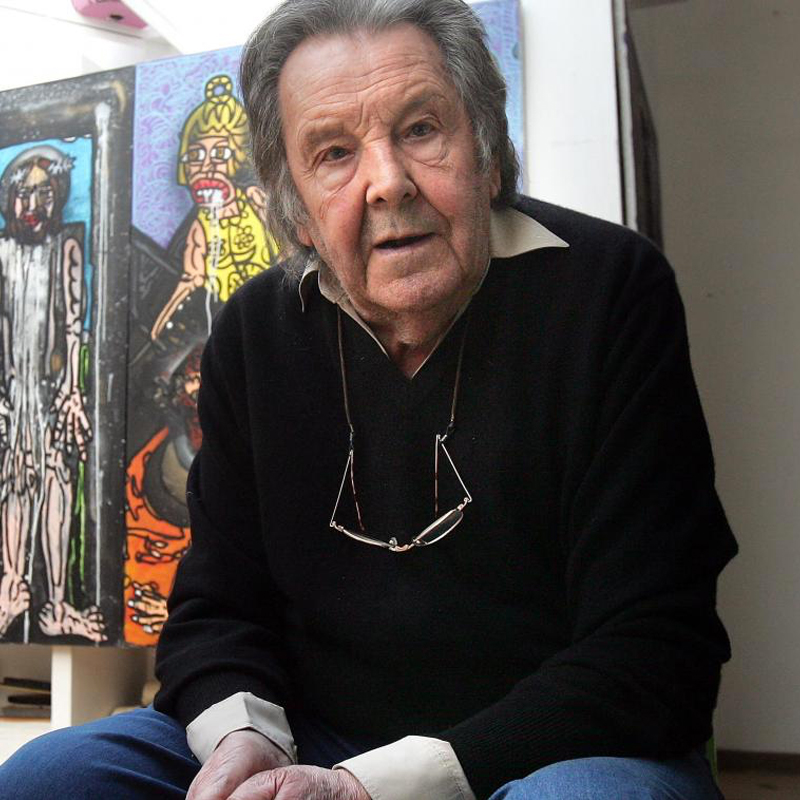
Ladislas Kijno is a French artist of Polish origin, one of the greatest abstractionists of the twentieth century.
In 1958 he moved to Paris and was accepted into the Salon de Mai committee. In Paris Kijno invented the technique of froissage - work with crumpled paper. During the same period the artist began experimenting with spray can paints, thus creating a synthesis between traditional painting techniques and modern inventions. Through the use of spray cans, Ladislas Kijno became known as one of the "spiritual fathers" of French street art.
In 1980 at the Venice Biennale Kijno exhibited 30 monumental paintings in the recognizable "crumpled" technique under the general title "Theater of Neruda".

Ladislas Kijno is a French artist of Polish origin, one of the greatest abstractionists of the twentieth century.
In 1958 he moved to Paris and was accepted into the Salon de Mai committee. In Paris Kijno invented the technique of froissage - work with crumpled paper. During the same period the artist began experimenting with spray can paints, thus creating a synthesis between traditional painting techniques and modern inventions. Through the use of spray cans, Ladislas Kijno became known as one of the "spiritual fathers" of French street art.
In 1980 at the Venice Biennale Kijno exhibited 30 monumental paintings in the recognizable "crumpled" technique under the general title "Theater of Neruda".
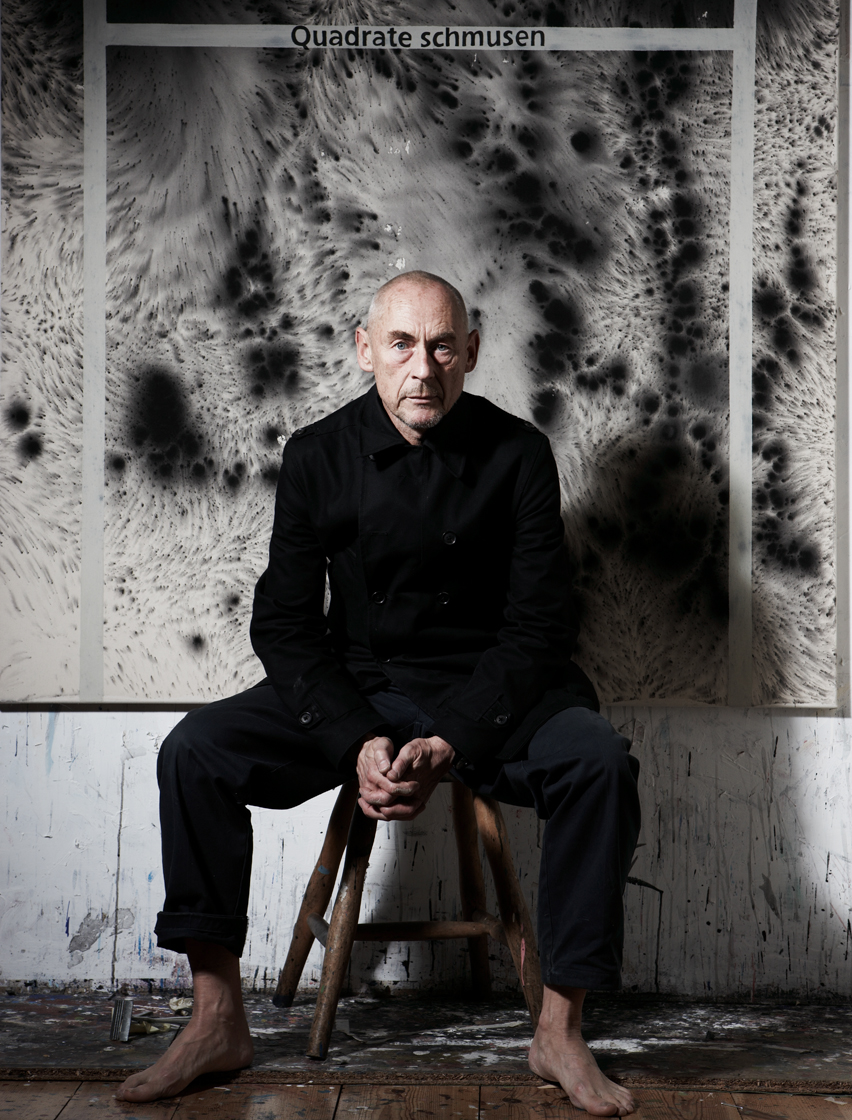
Hans Peter Adamski is a German painter and graphic artist who lives and works in Berlin and Dresden.
He studied at the Dusseldorf Academy of Art and served as professor and dean of the Dresden University of Fine Arts. Adamski is one of the most important representatives of the Neue Wilden ("New Wilden") movement of the 1980s. In addition to painting, he works in drawing, sculpture, paper, fabric and plaster.
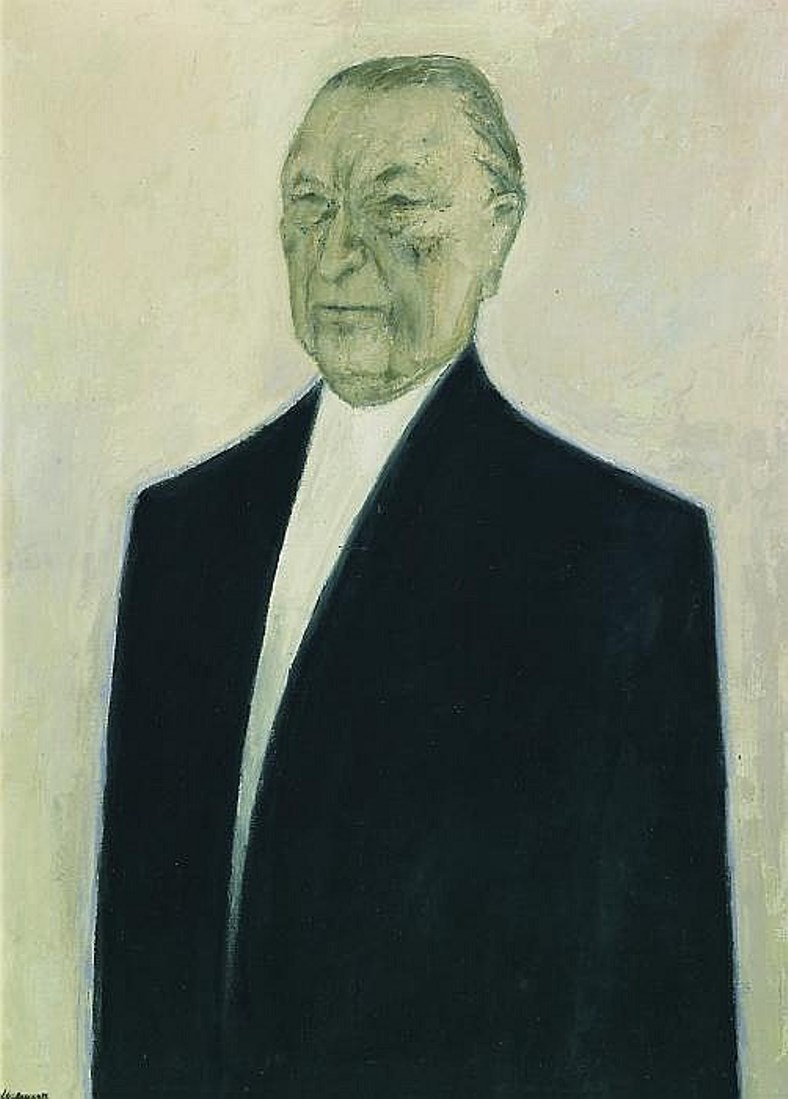
Peter Herkenrath was a German self-taught artist, one of the brightest representatives of abstract art after World War II.
He created what he called "wall paintings": he applied thick layers of paint in relief with spatulas and brushes. Herkenrath painted many portraits of his famous contemporaries, domestic scenes and still lifes.
Peter Herkenrath was a member of the Association of West German Artists and the Association of German Artists.
